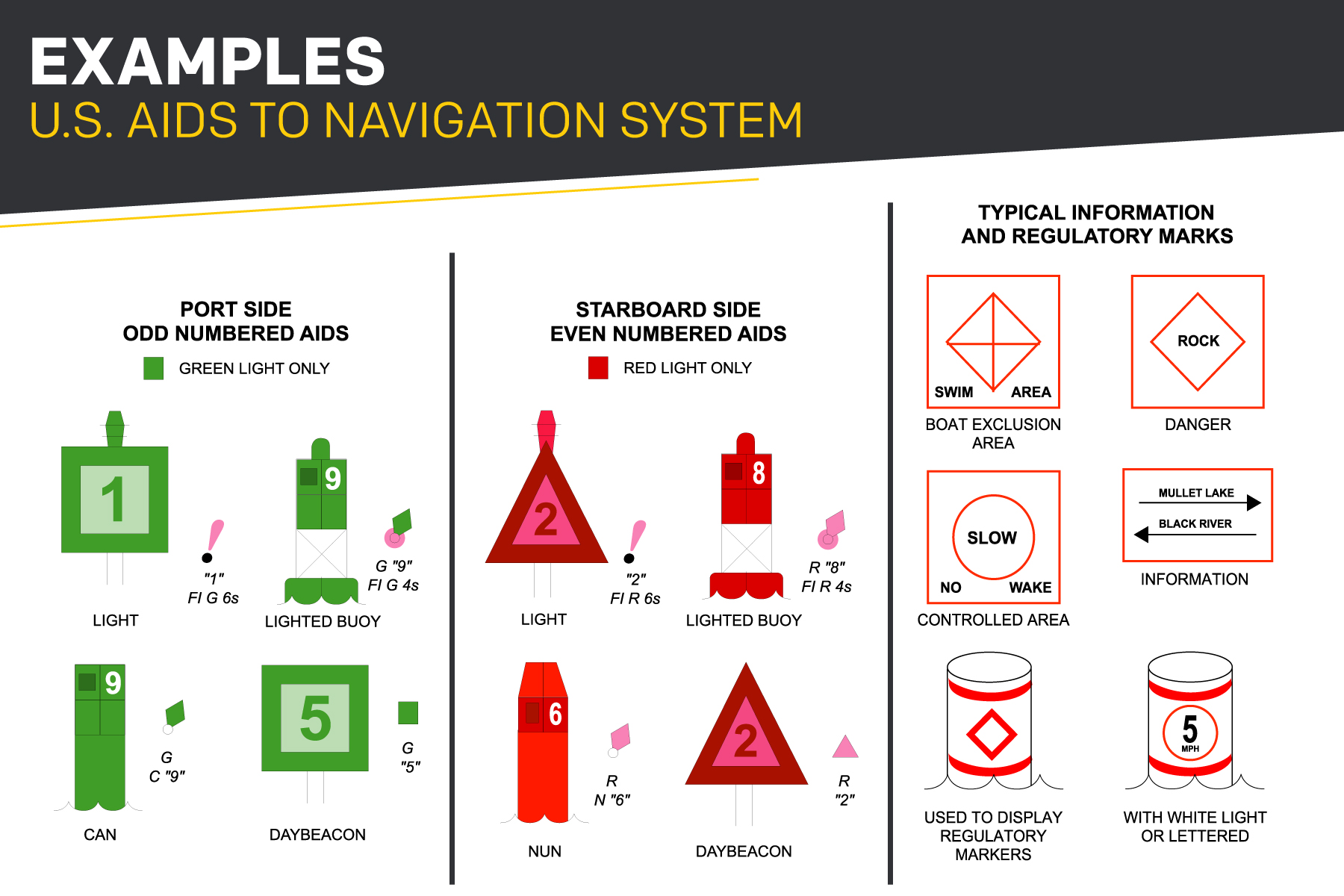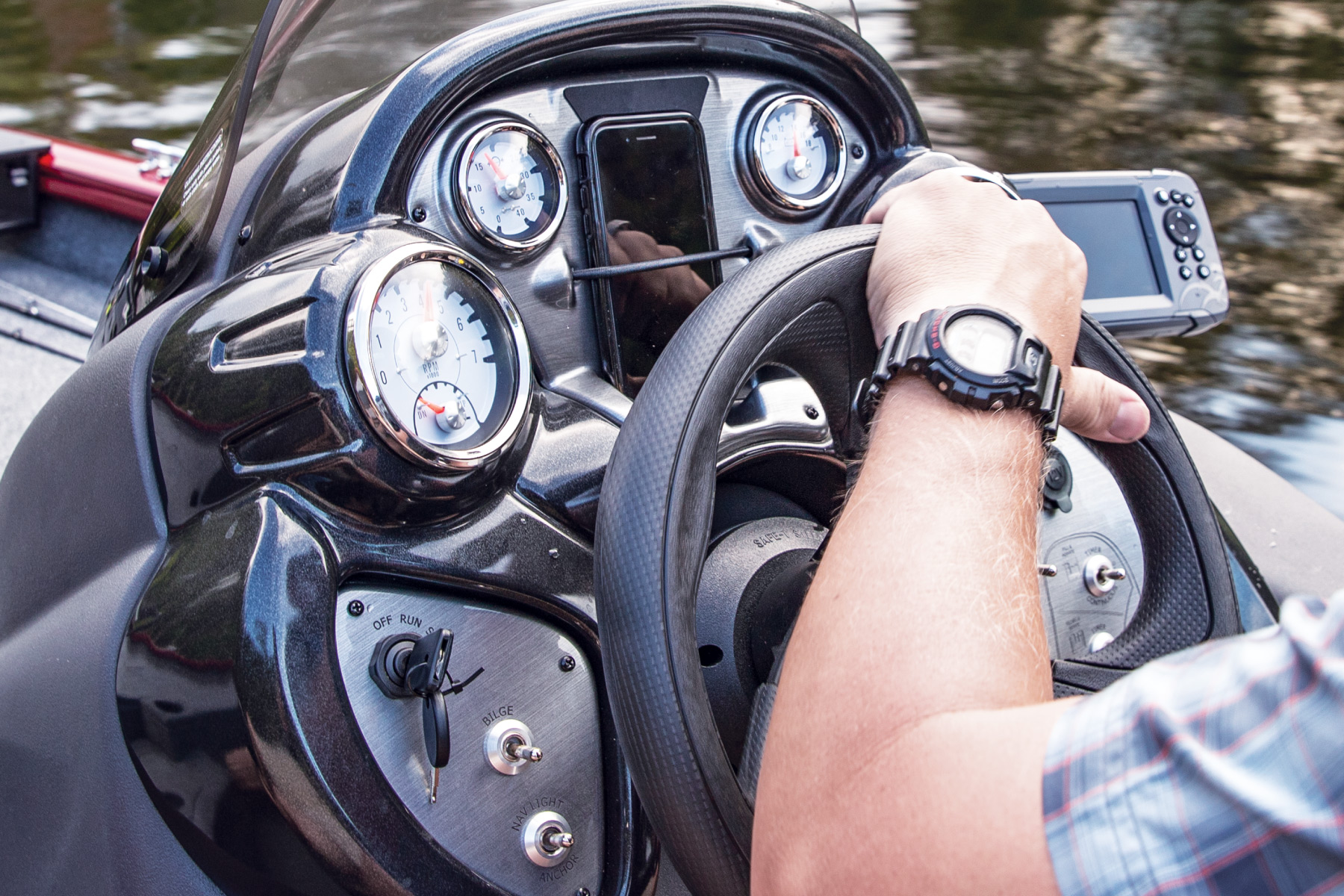You don’t think twice about the true cost of owning a new car. You can easily pencil in annual fuel costs based on your normal driving habits. The same goes for maintenance costs like routine oil checks. There’s not much more to budget for with today’s efficient, low-maintenance vehicles.
A boat is an entirely different animal. The true cost of ownership involves many more moving parts and factors. Seasonal maintenance, winterization, storage and more need to be factored into the annual costs of owning a boat. Above all else, the conditions where you go boating and the frequency of the trips all add up.
The good news is that by budgeting for the necessary costs needed to maintain your boat and keep it in tip-top shape, you can enjoy it all season without worrying about expenses. Boating should be fun, not a financial burden!
Think ahead and use these items to get started on your budget. Our list is based on owning a newer boat.
A boat insurance policy is required by law in some states. Even if a policy is not required where you live or boat, it might be at the marina where you rent a slip. The same goes for bass tournaments if you plan to compete. You might not be able to even get a loan without providing the bank with proof of insurance that covers the full value of the boat in the event of a loss.
There are two basic types of boat insurance—agreed value and actual cash value. The value of the boat when the policy was written pertains to an agreed value policy. Actual cash value (ACV) policies cost less up front but factor in depreciation. Those policies will only pay up to the actual cash value of the boat at the time it’s declared a total or partial loss. As your boat ages, the insurer will likely insist on an actual cash value policy, which also provides significant savings.
Read more about those policies and boat insurance in our blog about the topic.
You’ll need to factor in routine and seasonal maintenance costs. Don’t neglect to have the outboard or sterndrive serviced just because it appears to be running smoothly. Your vehicle maintenance schedule is based on miles driven. Likewise, boat maintenance schedules are determined by the number of hours you operate the motor. So, if you live in balmy climates and are fortunate to boat all year, or most of it, you’ll need to have the engine serviced more frequently than you might have previously thought. For a Mercury 150 FourStroke—one of the most popular of engines used today—the maintenance at the recommended 100- and 200-hour intervals is about $250 each trip. That covers the oil change, gear case lube and fuel filter. The 300-hour maintenance adds a water pump, fuel filter, spark plugs and alternator belt for about $700.
Sun and water. Both are part of boating, but too much of them can cause mildew to form on upholstered surfaces and harm the gelcoat. The highest cost you’ll need to budget for is your own labor. Otherwise, all you need are the cleaning supplies to do the work at a minimal cost. Preventative maintenance—washing, polishing and waxing the hull and keeping upholstery clean and dry—goes a long way to prevent costly repairs later on.
Residential storage facilities offer boat and RV storage spaces for rent. Budget for those costs if your HOA covenants prohibit storing a boat outside, or if your garage is too small. Rental slips and dry dock storage are options at marinas. Many boaters choose to rent a slip for the summer season and store the boat in a garage or at a storage facility during the non-boating seasons.
Certainly not a deal breaker, but you’ll need to factor in the cost of required safety equipment. Those items include personal flotation devices, fire extinguishers and even anchors and other safety gear. Remember that some items will need to be replaced at regular periods over the life of the boat.
You pay an annual fee to renew your vehicle registration and the same applies to a boat.
Bass Pro Shops/Cabela’s Boating Centers can handle all your maintenance and repair needs, regardless of the brand of boat you own. The Power Pros are factory trained to minimize the time your boat stays in the shop, so you can get on the water sooner. From tune-ups to diagnostics, the certified technicians can service any boat model, as well as repair Mercury outboards and MerCruiser sterndrives.
All locations offer Urgent Care Diagnosis services, where the technicians will provide an initial assessment of your service needs within one business day, as well as an estimate of the time required to get you back outdoors.


